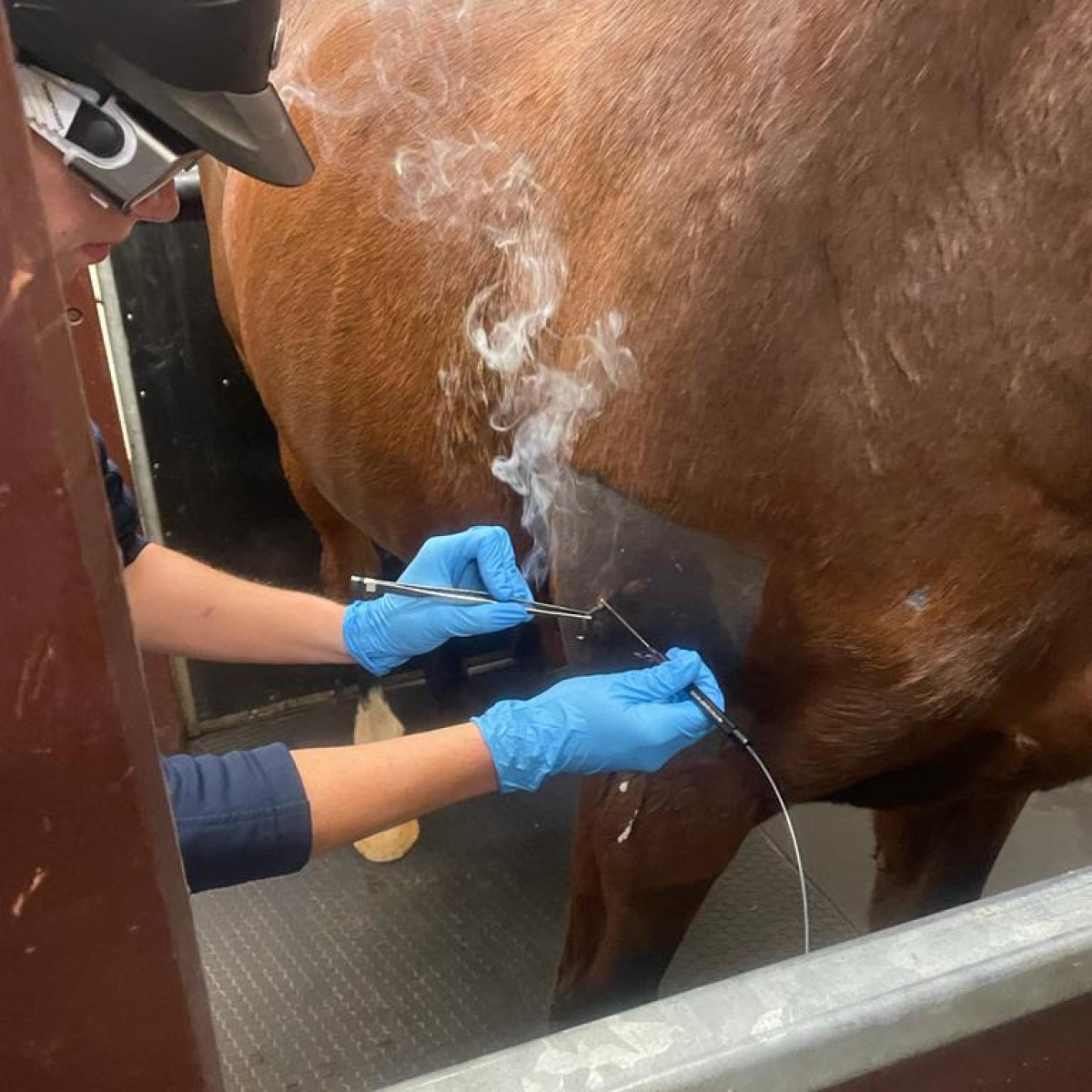Equine Therapy for Children: Psychological and Behavior Assistance Clarified
Equine Therapy for Children: Psychological and Behavior Assistance Clarified
Blog Article
Reviewing the Efficiency of Laser Treatment in Horse Treatment for Injury Rehab
The evaluation of laser therapy's performance in equine injury rehabilitation depends upon numerous factors, including recuperation time, discomfort mitigation, and tissue regrowth. Professional studies recommend remarkable enhancements in conditions like tendonitis and osteoarthritis, credited to boosted cellular function and elevated ATP manufacturing. Vets frequently observe exceptional results with laser treatment contrasted to standard methods, positioning it as a crucial element in equine care. The need for continual monitoring and customized treatment strategies can not be overemphasized. What specific clinical evidence supports these claims, and how do veterinarians implement these protocols in practice?
Understanding Laser Therapy
Laser treatment has actually ended up being a critical tool in vet medicine, especially in the treatment of equine problems. Understood for its non-invasive nature and effectiveness, laser therapy entails the application of details wavelengths of light to promote tissue repair and lower swelling. This restorative modality is significantly preferred for its ability to increase the recovery process in steeds struggling with a range of musculoskeletal injuries and persistent conditions.
The main mechanism behind laser therapy is its capability to boost mobile functions. Furthermore, laser treatment advertises vasodilation, boosting blood flow and oxygen delivery to damaged cells, hence quickening recovery.
In equine medicine, laser therapy is especially valuable for problems such as tendonitis, osteo arthritis, and wound healing. The technique is lauded for its pain-relieving properties, allowing horses to restore wheelchair and feature a lot more swiftly. Vets likewise value its very little side results contrasted to various other treatment techniques, making it a trusted and safe option for equine treatment.

Just How Laser Treatment Functions

Upon absorption, these photons set off a series of biochemical adjustments, improving mitochondrial function and bring about boosted adenosine triphosphate (ATP) production. This surge in ATP speeds up mobile metabolic process, promoting cells repair work and regrowth. Furthermore, laser therapy regulates inflammatory reactions by influencing cytokine degrees and decreasing oxidative stress, consequently minimizing discomfort and swelling.
One more significant element of laser treatment is its function in boosting microcirculation. The therapy advertises vasodilation, improving blood circulation and oxygen delivery to damaged cells (Equine Therapy). This helps with the elimination of cellular particles and sustains the expansion of fibroblasts and collagen synthesis, critical for wound recovery
Clinical Evidence
The efficacy of laser therapy in equine treatment has been validated with different scientific researches, showcasing its therapeutic potential across a range of conditions. A study carried out by Turner et al. (2012) demonstrated that horses treated with low-level laser therapy (LLLT) for ligament injuries exhibited accelerated recovery contrasted to those obtaining traditional therapies.
Similarly, study by Johnson and associates (2015) concentrated on equine muscle mass injuries, disclosing that laser therapy significantly accelerated muscle fiber regrowth and reduced muscle mass stiffness. Scientific analyses have revealed that laser therapy can ease chronic conditions such as osteo arthritis.
Veterinarian Insights

Vets likewise appreciate the versatility of laser treatment. She directs out that laser therapy can be customized to the details requirements of each horse, ensuring optimum end results.
Additionally, veterinarians value the capacity to incorporate laser therapy with various other therapy modalities. This multimodal approach can boost overall like this therapy effectiveness, offering an extensive solution for equine recovery. Such endorsements from skilled experts underscore the expanding acceptance and application of laser treatment in equine medicine.
Practical Factors To Consider
A crucial aspect of applying laser therapy in equine therapy includes understanding the functional considerations that guarantee its efficacy and safety and security. Most importantly, it is crucial to choose the appropriate laser tool, as various kinds vary in wavelength, power, and infiltration depth. Equine Therapy. Veterinarians need to be well-versed in these specifications to customize treatment methods efficiently per injury type
Additionally, the frequency and duration of laser treatment sessions need mindful planning to make best use of therapeutic advantages while minimizing any type of possible unfavorable effects. Regular tracking of the horse's response to treatment can guide required adjustments in the treatment routine. Establishing a safe and controlled atmosphere throughout therapies is additionally important to stop unintended direct exposure to laser emissions, which could hurt both the equine and the Go Here handler.
Training and qualification of employees administering laser therapy are paramount to guarantee proper technique and to support security requirements. Furthermore, preserving precise records of each session, including laser settings and observed outcomes, is vital for assessing the overall effectiveness of the treatment and for making data-driven choices.
Verdict
Laser therapy has arised as an effective Visit Your URL method in equine injury rehab, offering considerable benefits in recuperation time, pain alleviation, and tissue recovery. For optimal outcomes, continuous surveillance and individualized therapy protocols continue to be important in leveraging the complete potential of laser treatment in equine care.
Report this page